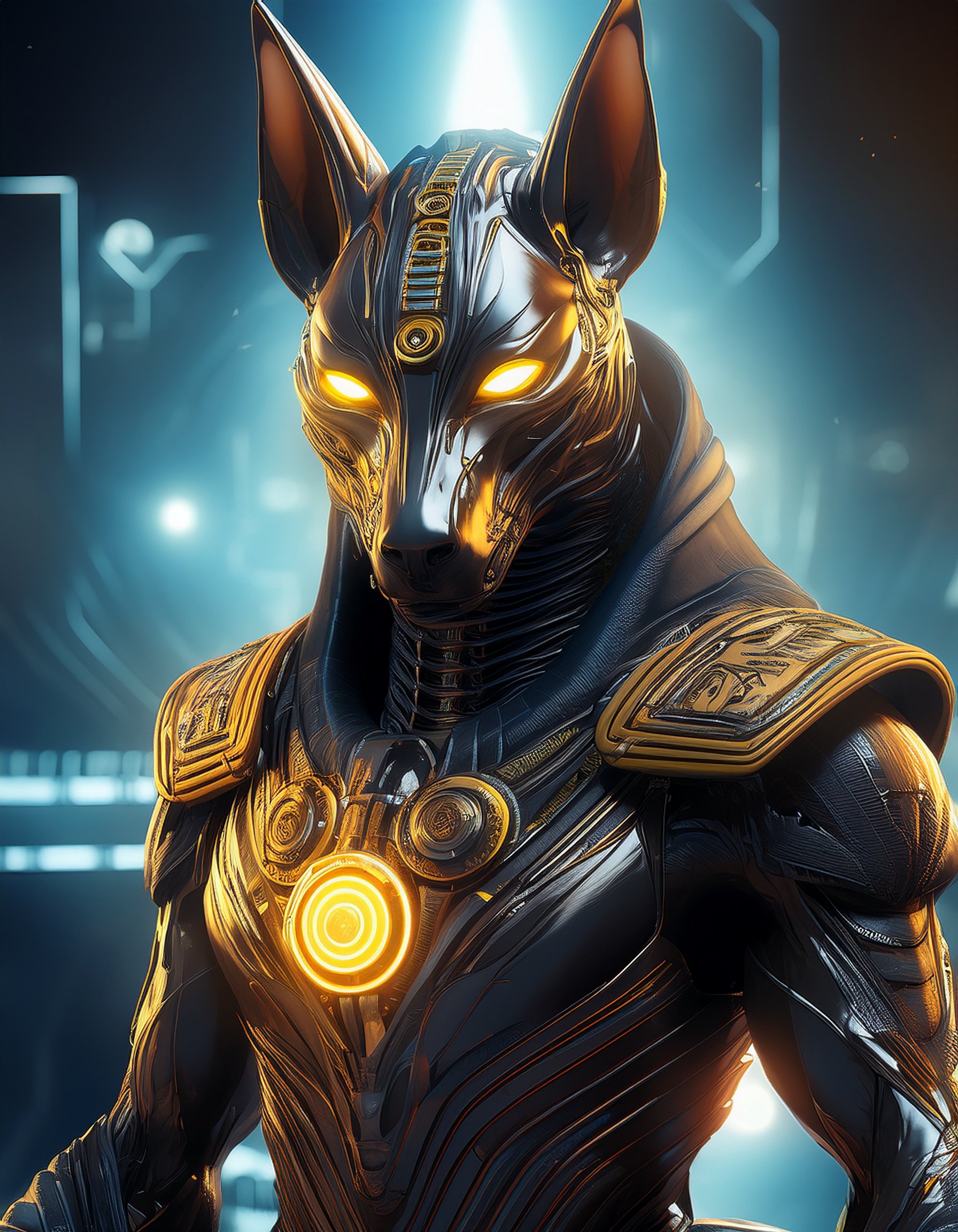
Anubis
CEP-A, Colonizer of Alvistor
Home World:
Earth
Destination World:
Alvistor
A humanoid machine with an artificial intelligence, often considered to be mostly sentient and a pseudo life form.
Visual Sensory:
A minimum of one camera lense is fitted to the face plate of the head. It is standard for these cameras to be calibrated for the visual light spectrum and capable of capturing a maximum of 10,000 frames per second. The dynamic range of the standard cameras are 200 dB (decibels), though remote connections to these camera feeds can result in lower levels of dynamic range. Standard frame rates range between 30 and 60 FPS but at the cost of immense energy consumption and heat build up, higher frame rates can be reached without loss of visual clarity or the need for camera upgrades. Should there be more than one camera fitted to the face plate of the head, an artificial increase in frame rate can be achieved by synchronizing the cameras to alternate capturing frames, ultimately multiplying the framerate by the number of cameras fitted to the face plate.
Sonar processing is built into the base operating system of all androids. It uses the auditory sensory system to process basic sonar calculations by default. This additional cognitive system can be enhanced and upgraded with additional hardware to increase its effectiveness.
Infrared and Ultraviolet sensors can be added to extended the abilities of the Enhanced Spectrum Overlay (ESO), but are not standard issue.
Enhanced Spectrum Overlay, or ESO for the impatient, is a visual overlay system, similar to that of a Heads-Up Display. It uses a number of sensors to augment the visual perception of the android’s surroundings. It can overlay sonar data, other surface penetrating data, and multiple camera perspectives to extend visual perception through opaque surfaces. Using infrared sensors, it can activate low light visual overlays ("night vision"), as well as thermal spectrum overlays. Ultraviolet sensors can provide a number of overlays including but not limited to transmissive radiation visualization, radioactive decay visualization, and ultraviolet radiation visualization.
Auditory Sensory:
It is standard for every android to be fitted with a microphone on either side of the head. Additional microphones can be added and upgraded to further enhance the auditory perception systems. These include standard auditory analysis systems, sonar processing systems, as well as audio source mapping and tracking systems.

